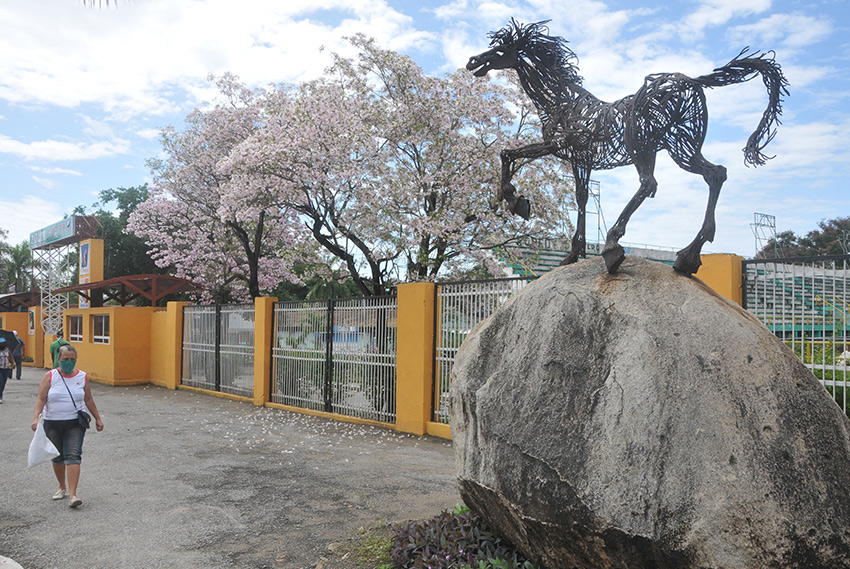
Like the impetuous guard at the gates of July 26 Park in this city, on a rock, greeting visitors with the elegance of its iron mane, the Caballito de la Feria (Little Fairy Horse), a distinctive symbol of Las Tunas' sculptures, is considered one of the most beautiful examples in the catalog of the capital of this event in Cuba.
Las Tunas, Cuba.- The work of the Havana sculptor Sergio Calixto Martínez Sopeña, who has marked his seal with his love for the Cervantes character of Don Quixote, El Caballo, as its original name, forms an inescapable part of the artistic identity of the Balcony of the Cuban East.
Due to its strategic position, it seems to welcome the city with the firmness of its rigid body supported by three limbs. At the same time, one of its legs resembles a movement in the air, as a message of elegance and spontaneity.
The equine is a witness -since 1979- of the metamorphosis of a city that respects and admires him, even in the thickness of the pieces that make up his body the traces of time are visible; he is well aware of the moments of enthusiasm in the place he guards, of those days of jubilation for the rodeo and other activities where the locals used to fill their grounds.
The figurative work, although still, represents the animal in its natural state with freedom and absolute harmony. Created with welded metal wire, on the large stone that also serves as a foundation, the little horse stands out against the anxious tranquility that has accompanied the enclosure for some years.
Brimming with energy, it continues at the dawn of one of the most popular places in Las Tunas, erect and stealthy with suspicious slenderness, it was born to imbue the Feria Park with value and to coin the splendor of Las Tunas with its more than 140 monumental works throughout its geography. Sergio Martínez is also known for his monumental work Don Quixote of America, located at 23rd and J, in the Cuban capital.